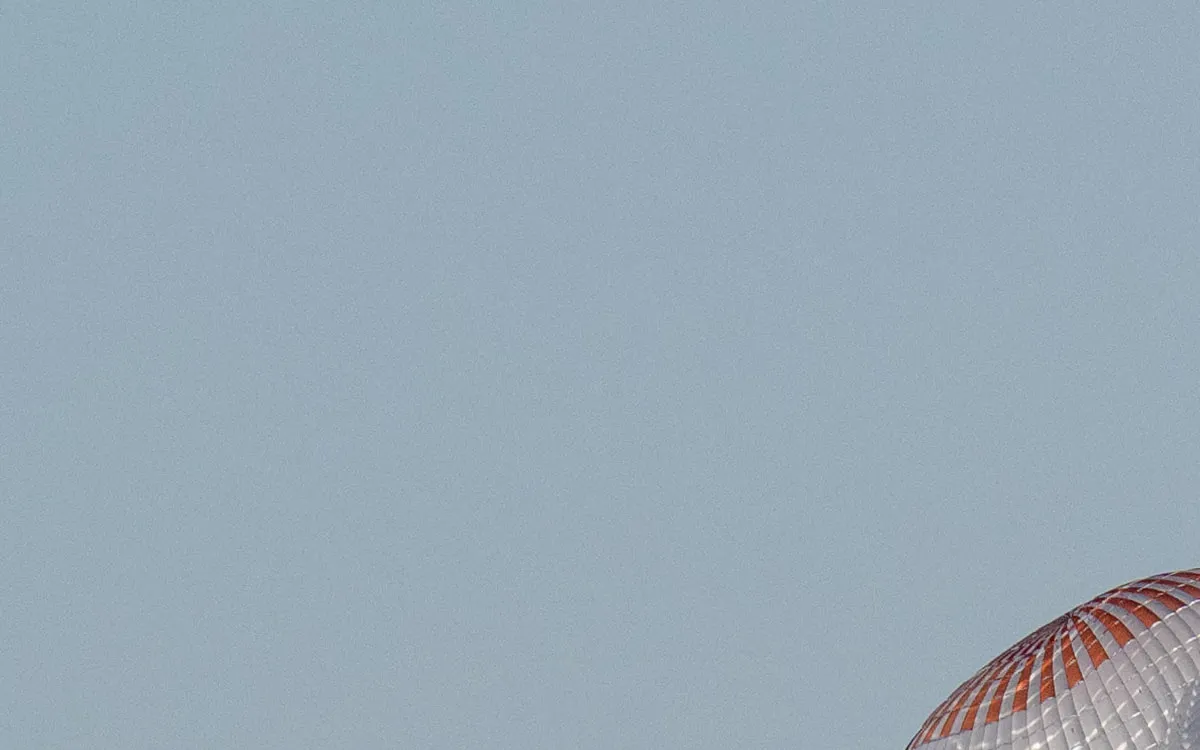
NASA’s SpaceX Crew-9 has successfully completed the agency’s ninth commercial crew rotation mission to the International Space Station. This significant event took place on Tuesday, with the crew safely splashing down in a SpaceX Dragon spacecraft off the coast of Tallahassee, Florida, in the Gulf of America at precisely 5:57 p.m. EDT. A dedicated team aboard SpaceX recovery vessels promptly retrieved both the spacecraft and its crew, marking the successful conclusion of their mission.
Upon returning to shore, the astronauts will travel to NASA’s Johnson Space Center in Houston, where they are set to reunite with their families. NASA’s acting Administrator, Janet Petro, expressed her excitement, stating, “We are thrilled to have Suni, Butch, Nick, and Aleksandr home after their months-long mission conducting vital science, technology demonstrations, and maintenance aboard the International Space Station.” She further highlighted the collaborative efforts of NASA and SpaceX, noting the successful adjustment of the mission schedule at the direction of President Trump, which allowed for an earlier return.
The Crew-9 mission began with the liftoff of astronauts Nick Hague and Aleksandr Gorbunov at 1:17 p.m. on September 28, 2024, aboard a SpaceX Falcon 9 rocket from Space Launch Complex 40 at Cape Canaveral Space Force Station in Florida. The following day, they successfully docked at the forward-facing port of the station’s Harmony module. In a separate mission, Williams and Wilmore launched aboard Boeing’s Starliner spacecraft and United Launch Alliance Atlas V rocket on June 5, 2024. They arrived at the space station on June 6, as part of the agency’s Boeing Crew Flight Test.
In August, NASA announced the uncrewed return of Starliner to Earth, integrating Wilmore and Williams into the station’s Expedition 71/72 for their return on Crew-9. The crew of four undocked at 1:05 a.m. Tuesday to commence their journey back home. During their respective missions, Williams and Wilmore traveled a remarkable 121,347,491 miles, spending 286 days in space and completing 4,576 orbits around Earth. Meanwhile, Hague and Gorbunov covered 72,553,920 miles, with 171 days in space and 2,736 orbits completed.
The Crew-9 mission marked the first spaceflight for cosmonaut Gorbunov. Hague has now logged a total of 374 days in space across two missions, while Williams has accumulated 608 days over three flights, and Wilmore has spent 464 days in space across his three missions. Throughout their time aboard the ISS, Crew-9 significantly contributed to numerous science and maintenance activities, as well as technology demonstrations.
Notably, Williams conducted two spacewalks, collaborating with Wilmore for one and Hague for another. Their tasks included removing a radio frequency group antenna assembly from the station’s truss, collecting samples from the station’s external surface for analysis, and installing patches on light filters of an X-ray telescope. Williams has set a record for total spacewalking time by a female astronaut, amassing 62 hours and 6 minutes outside the station, placing her fourth on the all-time spacewalk duration list.
The American crew members collectively conducted over 150 unique scientific experiments and technology demonstrations, dedicating more than 900 hours to research. This research encompassed a range of topics, including plant growth, the application of stem cell technology for addressing blood diseases, autoimmune disorders, and cancers. They also tested innovative lighting systems to help astronauts maintain their circadian rhythms, deployed the first wooden satellite, and collected samples from the ISS's exterior to study the survival of microorganisms in space.
The Crew-9 mission was the fourth flight of the Dragon spacecraft known as Freedom, which previously supported NASA’s SpaceX Crew-4, Axiom Mission 2, and Axiom Mission 3. Following its return to Florida, the spacecraft will undergo inspection and processing at SpaceX’s refurbishing facility at Cape Canaveral Space Force Station, where teams will analyze its performance data and prepare it for future flights.
The Crew-9 flight is an integral part of NASA’s Commercial Crew Program, which aims to provide safe, reliable, and cost-effective transportation to and from the space station and low Earth orbit. This program not only facilitates additional research time but also enhances opportunities for groundbreaking discoveries aboard humanity’s microgravity testbed for exploration, supporting NASA's preparations for human exploration of the Moon and Mars.
For more information on NASA’s Commercial Crew Program, visit: NASA Commercial Crew Program.